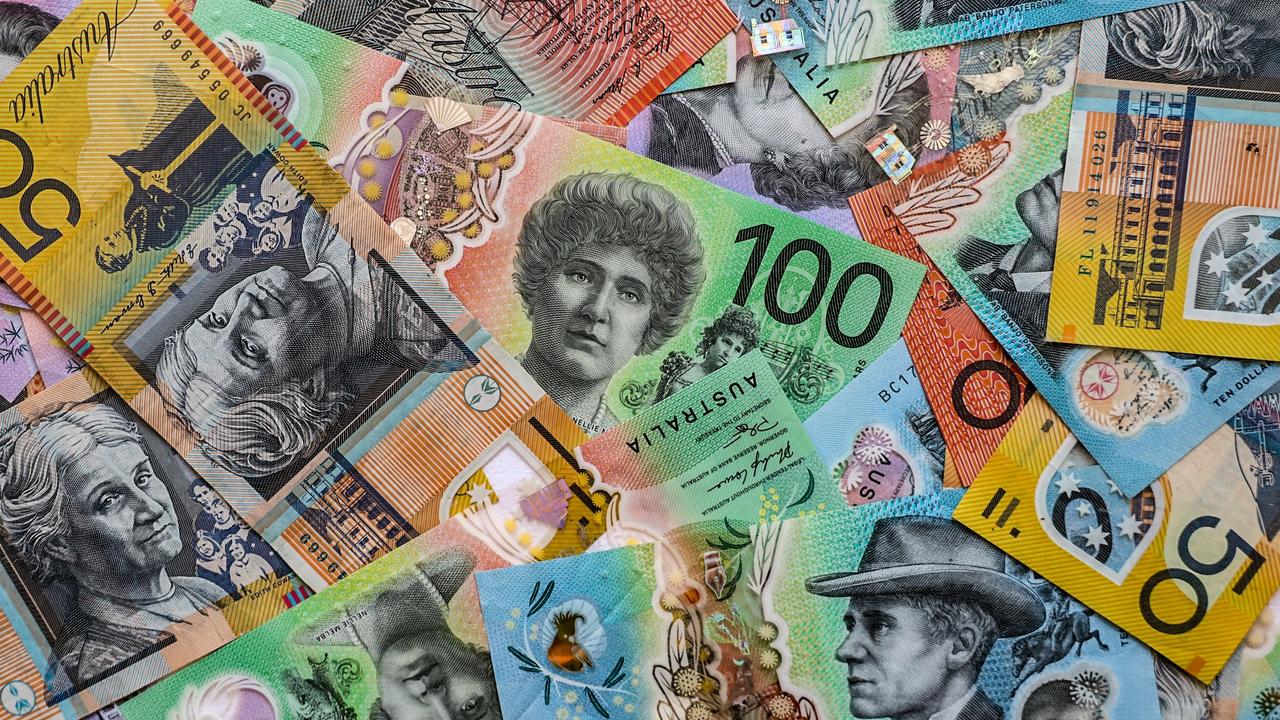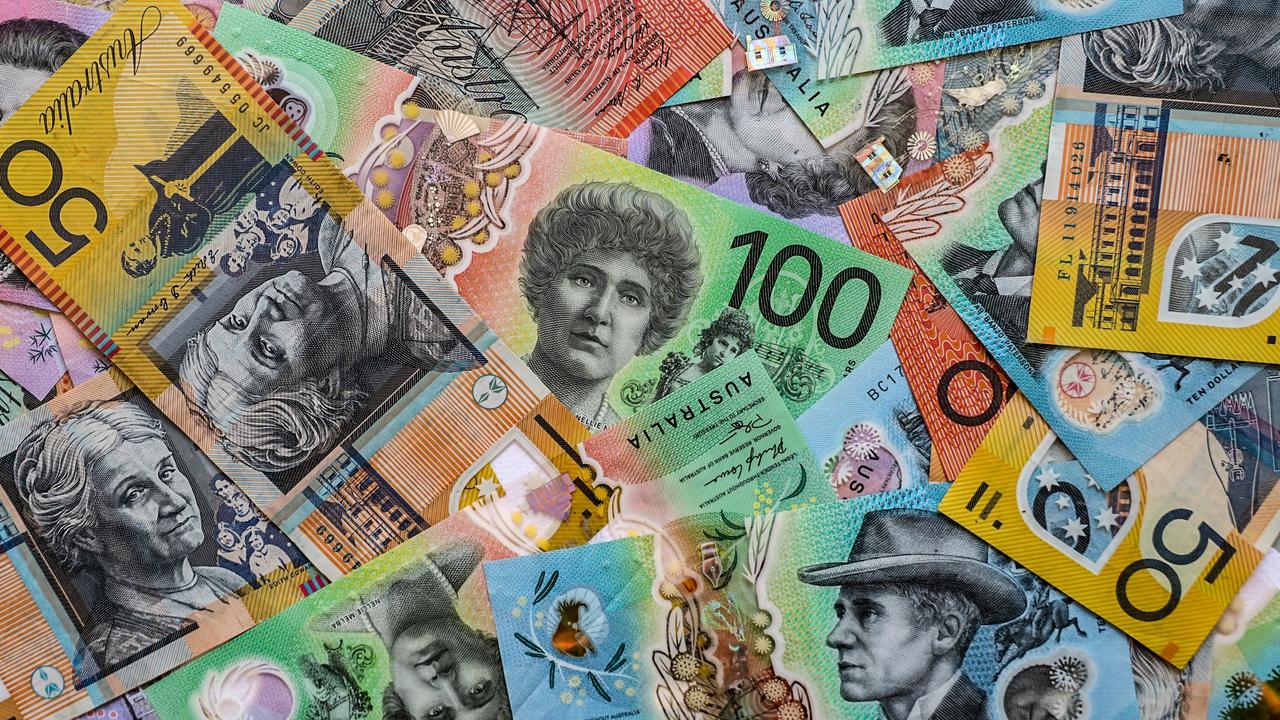Reserve Bank of Australia slashes interest rates to 0.5% after coronavirus fears escalate
Australia’s central bank has responded to the escalating spread of the deadly coronavirus, cutting the official cash rate to a historic level.
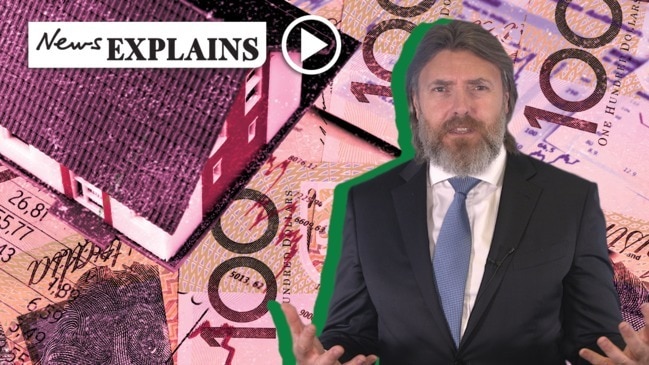
Interest Rates
Don't miss out on the headlines from Interest Rates. Followed categories will be added to My News.
The cash rate has fallen further into uncharted territory after it was slashed to 0.50 per cent by the Reserve Bank of Australia this afternoon.
The 25 basis point cut at the March policy meeting sets a fresh record low following three previous reductions in June, July and October.
Economists and analysts had expected central bank governor Philip Lowe to hold the rate until a recent spike in coronavirus cases wiped trillions of dollars off global share markets.
Last week, the S&P 500 on Wall Street experienced its worst week since the global financial crisis with more than $US6 trillion in value lost, while the ASX plunged further at the opening of trade on Monday.
RELATED: RBA interest rate cut looking likely on coronavirus havoc
RELATED: Government blamed for Australia’s cost of living burden
RELATED: Market ‘panic’ as ASX tumbles into dark days
“The coronavirus has clouded the near-term outlook for the global economy and means that global growth in the first half of 2020 will be lower than earlier expected,” Dr Lowe said in his statement.
“It is too early to tell how persistent the effects of the coronavirus will be and at what point the global economy will return to an improving path.”
The first deaths from the coronavirus were reported in both Australia and the US over the weekend, while Italy, Iran and South Korea revealed a spike in cases.
The escalation led to several countries expanding travel restrictions, further crippling economic activity and trading channels and compounding the fiscal pressure from the summer’s devastating bushfires and ongoing drought.
“This was a sensible call,” Deloitte Access Economics partner Chris Richardson told news.com.au of the central bank’s decision.
“The Australian economy has been in the slow lane, and a summer of bushfires followed by coronavirus has weighed on confidence.
“It’s important that the central bank weighs in to remind Australia that we have firepower as well as strong fundamentals.”
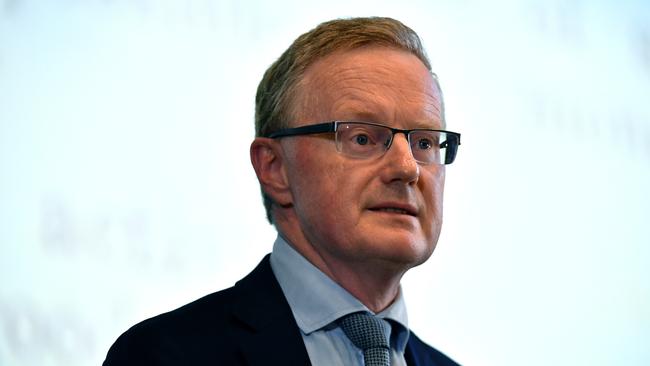
CoreLogic head of research Tim Lawless said the escalation of the deadly virus meant the cut was widely expected, but consumer sentiment was also a significant concern as underemployment, inflation and wage growth data remained weak.
“Lower interest rates would normally be a catalyst for an acceleration in housing demand and value growth; however, there is less certainty that this will add fuel to the housing market in the current economic climate,” he said.
“This is partly because the latest rate cut is unlikely to be fully passed on to mortgage rates.”
However, growing fears over the coronavirus outbreak at a time of weak economic growth had the potential to spook consumer confidence further, Mr Lawless said.
“Buying or selling a home is a high commitment decision; if consumer confidence slips further from already low levels, we could see Australian households sit on their hands rather than decide to buy or sell, which would weigh on market activity,” he said.
“Since the rate cutting cycle began in June last year, housing markets have responded swiftly and positively.
“Considering the housing sector has been one of the few positive areas of the Australian economy, a slowdown in housing market conditions could add to the downwards pressure on economic growth that is expected over coming months as key industry sectors such as tourism, education and commodity exports are impacted by the coronavirus outbreak.”
WHAT DOES CUT MEAN FOR BORROWERS?
The three rate cuts of 2019 resulted in significant savings for Australians with new mortgages but banks were less willing to pass on the entirety of the cuts to those with existing home loans.
And this afternoon’s reduction from the central bank is likely to result in similar frustrations for consumers, comparison site Canstar’s finance expert Steve Mickenbecker said.
“Banks will be under pressure to pass on the full rate cut, but with profit margins being squeezed by already low interest rates the banks will be resistant,” he said.
“The banks are now walking a very fine line and with savings rates already down around 0.10 per cent, they have very little room to move.
“A 0.25 per cent interest rate reduction to the average $400,000 home loan over 30 years could mean monthly principal and interest repayments falling by $56 to $1,794, and an interest saving of $20,249 over the life of the loan.
“A 0.14 per cent cut from the majors, the average passed on by the major banks following the last rate cut in October 2019, would mean repayments on a $400,000 drop by $32 to $1,873.”
GOVERNMENT BLAMED FOR COST OF LIVING BURDEN
The Morrison Government’s $158 million tax-cut package for lower to middle income earners was aimed at reducing the burden of household costs by stimulating the economy.
The central bank tried to help, too. Three interest rate cuts in 2019 wiped hundreds of dollars off monthly mortgage repayments in an effort to seduce an uptick in consumer activity.
“In the last six months alone, over eight million Australians have received more than $6 billion in additional income, contributing to the fastest increase in household disposable income in a decade,” Treasurer Josh Frydenberg said in a statement provided to news.com.au.
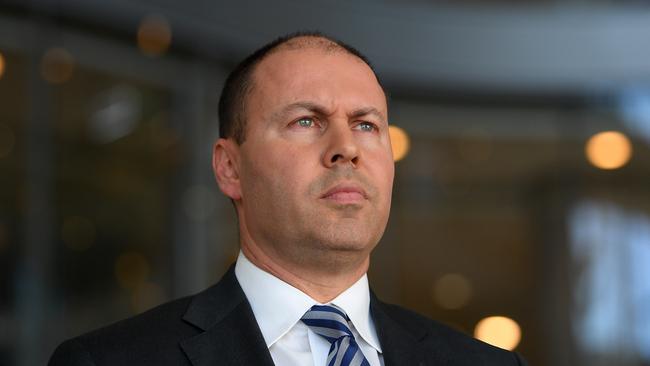
But prominent economist Stephen Koukoulas said neither the tax breaks or rate cuts had had a material impact on a spluttering economy as Aussies pocketed extra cash to relieve other personal financial struggles such as debt.
He said when the Government handed down the 2019 Budget, it expected the economy’s growth to tick up, unemployment to fall, inflation to be closer to 2 per cent and wages to increase at a more healthy rate.
“You run through that checklist now and it’s fallen short on all those measures, and while the RBA has cut rates to where they are, people aren’t feeling optimistic,” the former adviser to prime minister Julia Gillard told news.com.au.
“The overarching thing is consumers aren’t feeling very confident.”
Mr Koukoulas said the most practical way forward to solve the nation’s crippling money worries was to take a macro approach – get unemployment closer to 4 per cent to help grow the economy.
And the quickest way to do that was for the Coalition Government to give up on its insistence to return the budget to surplus and spend big on public projects such as infrastructure.
“If unemployment gets lower you get wages growth starting to pick up because you get scarcity of labour,” the economist said.
Was cutting the official cash rate again the right call? Get in touch or comment below | @James_P_Hall | james.hall1@news.com.au
Originally published as Reserve Bank of Australia slashes interest rates to 0.5% after coronavirus fears escalate


